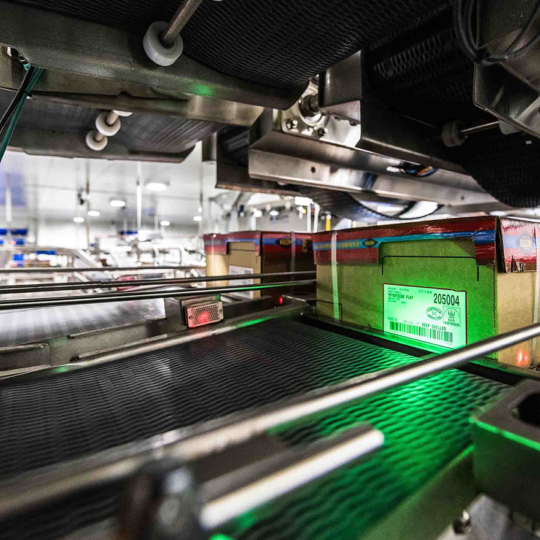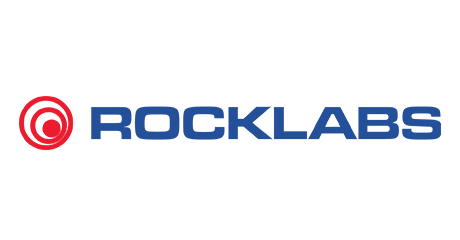Select your region / language
Safeguarding Quality: How automation protects your brand's reputation

In the Food & Beverage industry, brand reputation is everything. Consumer confidence in your brand is the key to retaining or growing market share and having a strong reputation for quality can be what gives your product the edge when sharing shelf space with competitors. Automation provides that consistency, producing products of the quality your customers expect time after time, protecting your hard-earned reputation.
Customers shop with the expectation that when they buy from a trusted brand that they will receive a product that has a consistent taste, look, smell, and feel every time. Damaged, incorrectly packaged products, or worse a hygiene or food safety issue such as mold are all causes for recalls. These can be costly, having to discard damaged products and employ methods to first find, and then correct the issue. Recalls can result in diminished brand trust or even bad publicity which can plague the manufacturer for years to come. Automation technologies can help prevent product issues from arising, protecting your margin and your brand.
QA/Inspection:
An automated system can pick up defects in ingredients before they are even used, eliminating quality control issues later in the production process. 3D vision technology monitors every product on a line, looking for potential discrepancies in quality and directing them off the line automatically or flagging them for further checks by a human operator. Sensors along the production line can pick up any variance in temperature adjusting it as needed to remain within safe ranges. Systems can also be built to function in cool rooms and freezers, so products spend even less time in environments that would add risk. The entire system works in tandem to ensure only the highest quality products are manufactured under your brand.
Scalability:
Automation is scalable, it grows as you grow. This means that an automated line can be built to keep up with demand and to produce more than one product for manufacturers. While having one line able to produce multiple products has run-on effects regarding keeping production costs lower, it’s really the flexibility that is the primary benefit to this. Often, with simple end-of-arm tooling changes, automated lines can easily switch between products. Some lines are even built to process multiple products simultaneously. This quick change gives manufacturers the flexibility to keep up with product demand which can change day to day, seasonally or even around events. Keeping up with the demand of your consumer ensures that your brand is always available, it’s reliably on the shelf when your customers need and at the quality they expect.
Tracking and Data:
Further ensuring the consistency of a product is the traceability that automation enables. A product can be easily tracked in all stages of manufacturing, from the very first point ingredients touch the line until the moment a consumer buys the product. Traceability ensures that if any errors occur, they can be easily located and isolated along with any other products that may also be affected. Once isolated any affected products can be removed and the part of the system at fault rectified before any further products are handled. Data from product tracing can also fine-tune a production line, enhancing production speeds and throughput while minimizing product wastage and downtime.
On a standard production line, there are many points where the quality of a product can be altered, especially if using manual labor. With an automated system, those points still exist, but the repeatability of an automated system almost guarantees the quality to be the same each time a product leaves the line.
An automated system reduces the risk of contamination and recalls, increases the efficiency and flexibility of your production, and enhances the traceability of your product. All these benefits work to protect your brand from being tarnished irreparably by simple, yet costly mistakes.
Automation For Your Industry
Our vision is to be the first choice for businesses wanting smart automation and robotics which make their businesses safer, more productive and more efficient.


